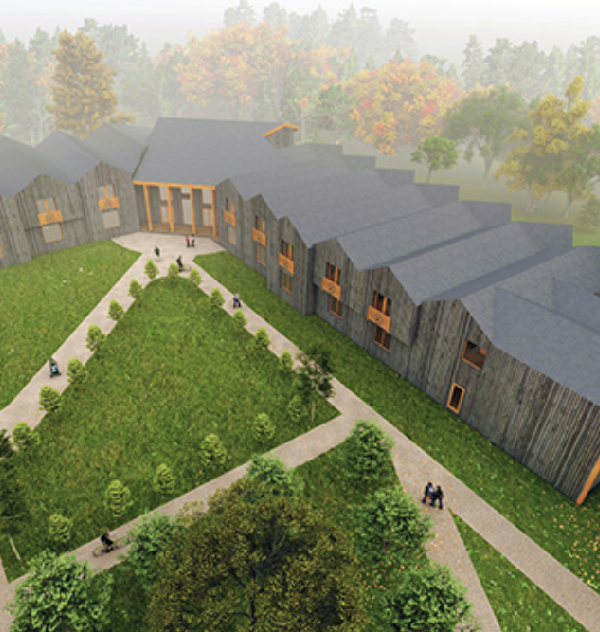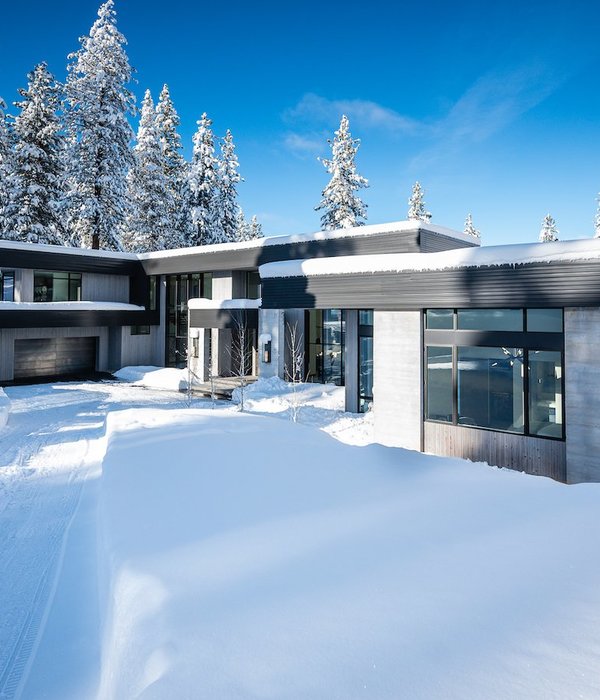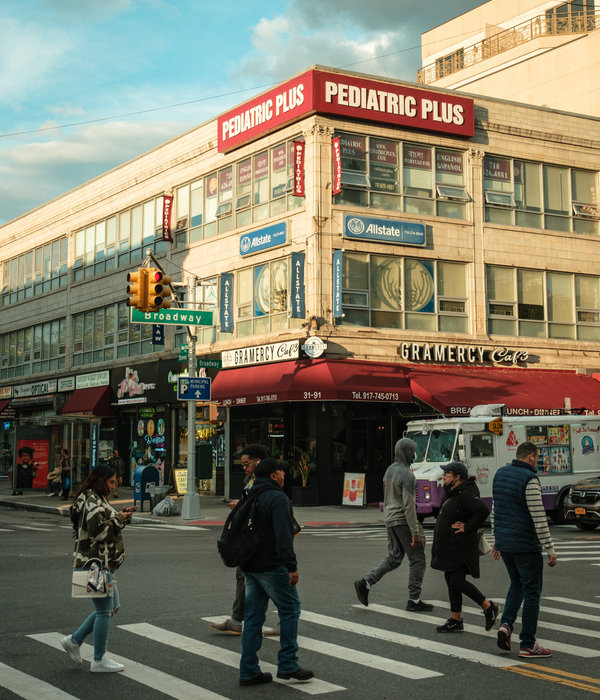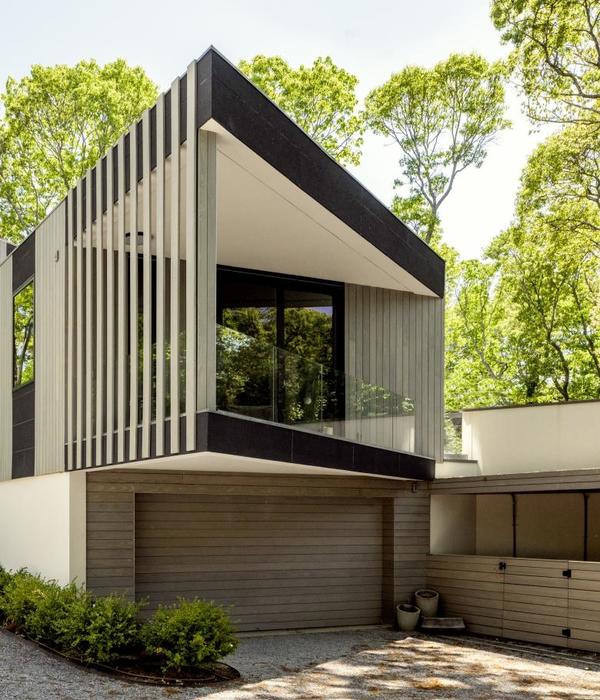The Scott A. McGregor Computer Science Center at Harvey Mudd College creates new space for the school’s computer science program and a vibrant area for project-based learning.LocationClaremont, CaliforniaSectorEducationServiceArchitectureClientHarvey Mudd CollegeStatusCompletedSize37,000 SFHarvey Mudd College, a private undergraduate science and engineering college located in eastern Los Angeles County, enlisted Steinberg Hart to embark on a conceptual design process to develop a vision for a new academic building. Previously, the computer science program—a key department—was dispersed among multiple buildings across the campus. The new academic building includes labs, clinic space, student study and collaboration space, as well as administrative and faculty offices. Computer Science’s co-location with the makerspace fosters opportunities for students to connect and co-create across disciplines.The three-story, 36,000-square-foot academic building features a welcoming, expansive lobby at the first floor, as well as ample study, hangout, and collaboration spaces for students. On the second and third floors, faculty offices, clinic and project studios, teaching and research laboratories and collaboration spaces serve the computer science program. The now contiguous computer science space brings together previously fragmented elements such as student project areas, clinic program work areas and computer labs. These floors encircle a central courtyard that brings transparency and natural light to the building’s circulation spaces.The design is tied to strategies that invigorate interdisciplinary collaboration – a key component of Harvey Mudd’s mission as part of the Claremont Colleges. For a science and engineering-focused school like Harvey Mudd, the integration of a campus wide makerspace was especially important to nurture the aspirations of their faculty and students, and to showcase their talent. Steinberg Hart worked closely with the institution’s stakeholders to craft the vision for the school’s makerspace, and root it as a central campus activity hub. The makerspace design is focused on creating one large open workspace for collaboration, networking, and socialization. The space features a “zoned” layout that includes a collaborative lounge, co-working and idea development areas, rapid prototyping, and light-to-medium fabrication. The makerspace is located adjacent to renovated metal and wood machine shops, which provide for heavy fabrication needs.As the home for the rapidly expanding Computer Science program at Harvey Mudd College the facility was designed for flexibility inside and outside the classroom. Social and Collaborative study areas were implemented to provide greater engagement amongst faculty and students. This new home for Computer Science is located on the second level. Arranged around the central courtyard the computing classrooms and clinic space, for research projects, literally ‘daylight’ academic programs that were formally buried in subterranean levels on campus. A sculptural stair winds through the building helping to connect all three levels of program.The building is simultaneously aligned with the orthogonal campus grid while also rotating towards the neighboring community. Twisting to address the need for a new Gateway onto campus and creating a transitional threshold between the campus and the community.The facade uses a single color within a system of multiple profiled panels, resulting in the reading of a multicolor, striated facade that changes dynamically as sunlight tracks across it’s surfaceAwards2023 AIA National Education Facility Design Award, Excellence2023 SCUP Excellence Award, Honor, Excellence in a New Building2022 Learning by Design Grand Award2021 AIA Los Angeles Design Awards, Education Category, Honor Award2021 ENR Best Higher Education/Research Project, Southern California2020 Southern California Development Forum, People’s Choice Award2020 Southern California Development Forum, Unbuilt
{{item.text_origin}}












